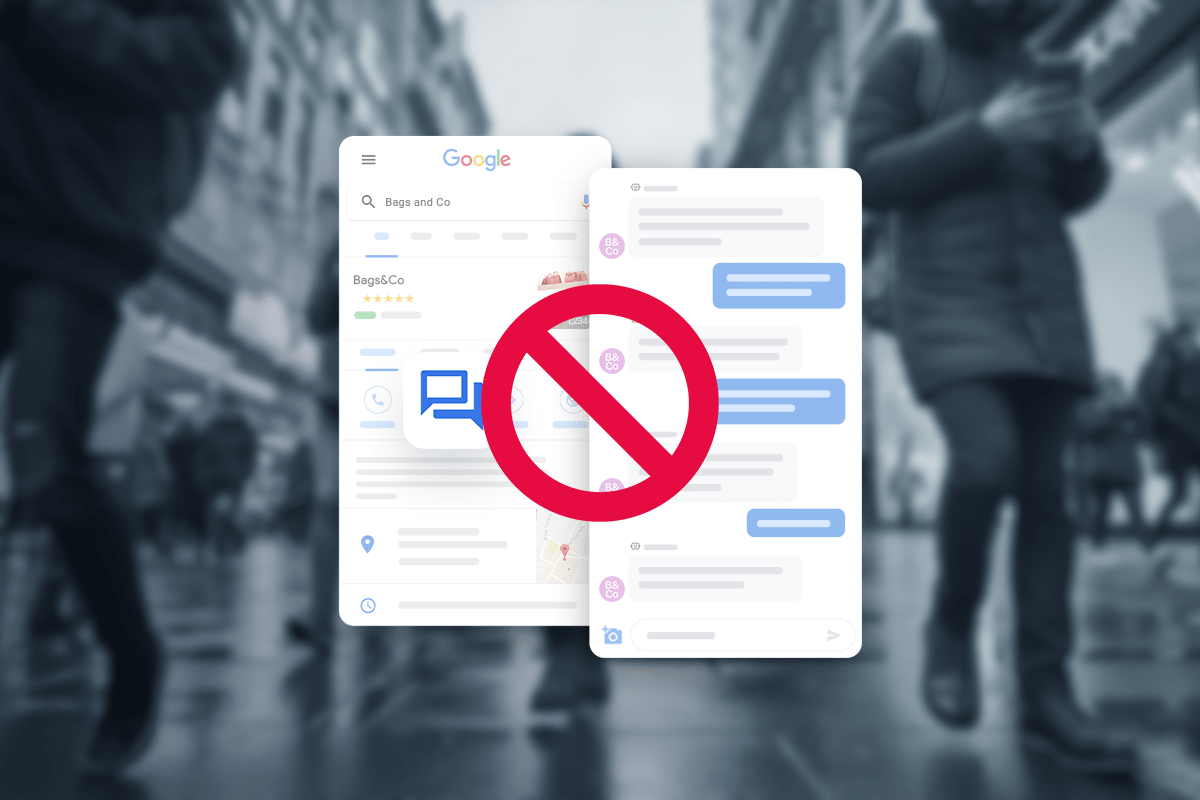No, the call center isn’t dead.
In the last few years, digital channels have seen tremendous growth. People can go online to find answers, send a text, chat with a bot, or even reach out on social media.
But while the industry’s focus has shifted to text-based communications, call centers aren’t going anywhere.
Last year, Salesforce reported that customers ranked “phone” as their second most preferred customer service channel. That’s up from their #3 spot in 2019—overtaking in-person interactions (for obvious reasons).
Since customers are still dialing, we’ve put together some best practices to help call center agents shine.
Show customers you care.
Providing great customer service starts and ends with emotions. Answering customers’ questions is vital, but you’re really there to connect with them. And it starts with communicating effectively.
Listen.
Listening is the first step. It needs to be said because it sometimes conflicts with other productivity goals. Take the time to listen to a customer’s complaints before diving into a script. Not only will you be better equipped to solve their problems (without a bunch of clarifying questions), but you also give the customer a chance to vent their frustrations and feel heard.
Demonstrate empathy.
There’s a big gap between customer expectations and reality. Salesforce reports that 68% of customers expect brands to demonstrate empathy, only 37% of customers feel brands actually do.
Make sure to use phrases like “I understand,” or try repeating back what your customer said to show you were listening. These types of responses are especially important over the phone when you can’t rely on visual cues like eye contact and head nodding.
Go off-script.
Scripts are great tools to help call center agents solve customer problems, but they can sound stiff and stale. Customers can tell when you’re reading from a script, and it can immediately put a wall up between you.
While it’s helpful to follow the general outline to ensure you don’t miss any important information, inject some of your own personality and mannerisms into it.
Add humor when appropriate, double-back if a customer didn’t give a clear answer, or pull together language from a variety of scenarios.
Customers will appreciate it. (Just make sure it’s within company policy first.)
Avoid transferring calls.
This one’s tough because it relies on so many other determining factors. But customers have come to expect quick resolutions to their problems, especially when choosing to call customer service over other channels.
In fact, Salesforce reports that 83% of consumers expect to solve their complex problems by speaking with one person.
The truth is, customers don’t want to speak with multiple people to solve their problems. It often means they have to repeat themselves (something customers don’t like), and it increases the time they spend on hold.
The best way to limit transfers?
It often comes down to infrastructure—something that is outside of call center agents’ control. This often includes bigger organizational initiatives like:
- Setting up a knowledge base: Information should be easily accessible. That way, when you don’t know the answer, you can pull it up in the knowledge base instead of transferring the call to someone who does know.
- Utilizing call center software: There are tons of call center software options that enhance agent and customer experience alike. Some offer options to notify a manager and have them listen to a call to help agents navigate more complex interactions.
- Having a system to direct calls: If your company has multiple specialized departments, customer service centers should immediately direct calls to the right person. Call centers can accomplish this using an interactive voice response (IVR) system, web chat, or other self-service tools.
- Training agents thoroughly: A knowledge base and customer service software are great tools, but they can’t replace thorough training. Agents should spend time learning the ins and outs of the business, in addition to customer service tactics.
Prepare to tackle complex issues.
Call centers aren’t the hub for information anymore. Online communications are growing in popularity.
Between easily accessible information and various other communication channels, making a phone call isn’t the go-to reflex for many customers.
According to Zendesk’s 2020 CX Trends report, 40% of customers choose a channel based on the complexity of their issue. That means when customers have a difficult problem, they’re reaching out to the call center.
Their problem is either too difficult to explain in an email, they’ve tried and failed to search for answers themselves, or they had a bad experience with online customer service in the past. Heck, some people just prefer to talk to someone over the phone. (Yes, they still exist!)
So what does that mean for call center agents? You need to be prepared for anything.
In addition to knowing your products and services inside out, consider conflict resolution training to help upset customers.
Keep these steps in mind when you have to deal with an angry customer:
- Stay calm: Easier said than done (we know), but you’ll only escalate the problem if you respond aggressively or defensively. Take deep breaths, and try not to take any of it personally.
- Validate your customers’ concerns: Tap into that empathy we talked about earlier. Show you’re listening and actually try to understand the core issue. Most of the time, customers just want to know that they’re talking to someone who can actually fix their problem.
- Try not to argue: As much as you want to give the customer all the facts, now’s not the time to correct them. If they’re upset, they aren’t thinking rationally. So trying to rationalize with them won’t make a difference.
- Take responsibility: Check with your company policy on this one first, but it’s generally a good idea to accept responsibility. Apologize when necessary.
- Find the solution: Once you’ve figured out the problem, try to find a solution that works within the bounds of your capabilities and satisfies the customer.
Sometimes it’s walking them through a difficult application setup. Other times it’s offering a replacement product when there’s failed. Ask call center supervisors for guidance on what’s acceptable to offer a customer to keep them coming back.
Measure what matters.
There are all kinds of measurements used to evaluate call center agents. A lot of them have to do with speed. How quickly do you resolve calls? How many calls can you take in a day? How quickly do you answer calls?
As a call center agent, it’s important to know which measurements matter to management. But it doesn’t stop there.
To blow customers away with excellent service, focus on these metrics:
- First-call resolution: Like we mentioned before, customers expect even their complex problems to be solved with just one call to customer service. If you focus too much on speed, this number is likely to drop.
- Customer satisfaction: Many call centers send a CSAT survey immediately after a customer service interaction. In this case, that survey reflects directly on the call center agent.
- Customer effort score: CES measures how easy the interaction was for the customer. Customers are hoping for easy interactions, so do your best to keep things simple. This often translates to not putting them on hold for too long, not transferring them to multiple departments, and providing answers that are easy to understand.
Call center agents are the frontline.
Call centers are still the backbone of the customer service industry. And the most important thing to remember as a call center agent is this: You are your company’s representative.
Follow company policy, but don’t stop there. Put these best practices to use to deliver stellar customer service experiences.




